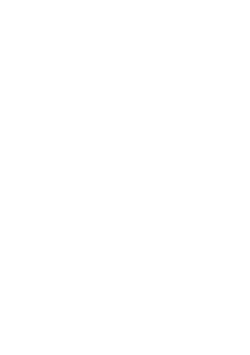
Andy Palacio is on a mission to save himself. Or rather, to save his culture, the Garifuna, from trailing off into extinction. Palacio’s preservation tool is his music, which he, along with the Garifuna Collective, performed for a capacity audience of 360 people inside the Walker Art Center cinema on Monday, August 20th.
Andy Palacio is on a mission to save himself. Or rather, to save his culture, the Garifuna, from trailing off into extinction. Palacio’s preservation tool is his music, which he, along with the Garifuna Collective, performed for a capacity audience of 360 people inside the Walker Art Center cinema on Monday, August 20th.
“I wish we were outside,” laments Palacio to his audience, but poor local weather forced his band with their danceable groove indoors. Palacio begins the hour-long show with a brief silence for those in the path of danger due to Hurricane Dean that was, at that time, approaching his homeland, Belize, Central America.
Much of the music Palacio plays is dance music. Staff from the Walker urges people to remain seated during the performance so as not to block the view of those behind them. It’s hard for people to sit still. It’s hard on the band, as well. They miss the synergistic energy from a dancing audience. In fact, during one number, Andy coaxes us out of our chairs, “just for this one time.” Most people need little encouragement.
We move to a set of maracas, four guitars, a musician on a single drum and an irrepressible drummer. Andy plays guitar and sings lead vocals, but nearly everyone in the band adds his voice to the mix. Melody dominates the music, replete with phrases and riffs that echo in the listener’s mind. The dancing groove is dictated by the conga drums.
Watching their drummer, with his intensity and rhythmic power as he pounded on his four drums with his hands or used his fingers to whack one of two cymbals, captivated me.
The descendents of the Garifuna culture are small in number, originating in South America. Their African ties began in 1635 when a pair of ships were caught in a storm and ran ashore while transporting captured West Africans during the time of slave trading. The Garifuna resisted domination by both the French and English and were banished from their home in the Caribbean to British Honduras. Eventually they settled into the Caribbean coasts of Nicaragua, Honduras, Guatemala, and the southern part of present-day Belize.
In Palacio’s youth, by chance, he traveled to Nicaragua. Palacio came across a fellow Garifuna and learned of the decay of his culture in their country. When he realized that the same situation could happen in his own country of Belize, that is, the loss of his culture and its history, he felt compelled to intervene. “I decided to follow my passion and focus more on performing Garifuna music as a way to keep the traditions alive long into the future,” Palacio says in an interview with Rock, Paper, Scissors, a world music publicity website.
Palacio exposes the audience to the multigenerational aspect of his music when he brings Garifuna music legend, Paul Nabor, on stage. This septuagenarian elicits a strong response in the audience. He is dressed smartly in a pin stripe grey suit coat and pants, but also, underneath, he wears a thick fleece jacket, fleece gloves, a knitted cap and a Honduran hat. His hand trembles as he holds the microphone, but his voice is powerful and true. A woman rises from her seat to pay him homage by dancing on stage before him.
This piece of living history was the highlight of the show for me. While Palacio’s music stands alone as dynamic and worthy, his quest to continue the traditions of his people and carry on the culture of the Garifuna pushes him past the flashy pop musicians of the day. The value of history cannot be understated. Thank goodness we have people like Palacio and his band who recognize this and seek to retain tradition with such an enjoyable approach.
Author: slb2
Susan Budig draws from music and poetry to create her own poems that she uses to bring healing and recovering from grief to others.

